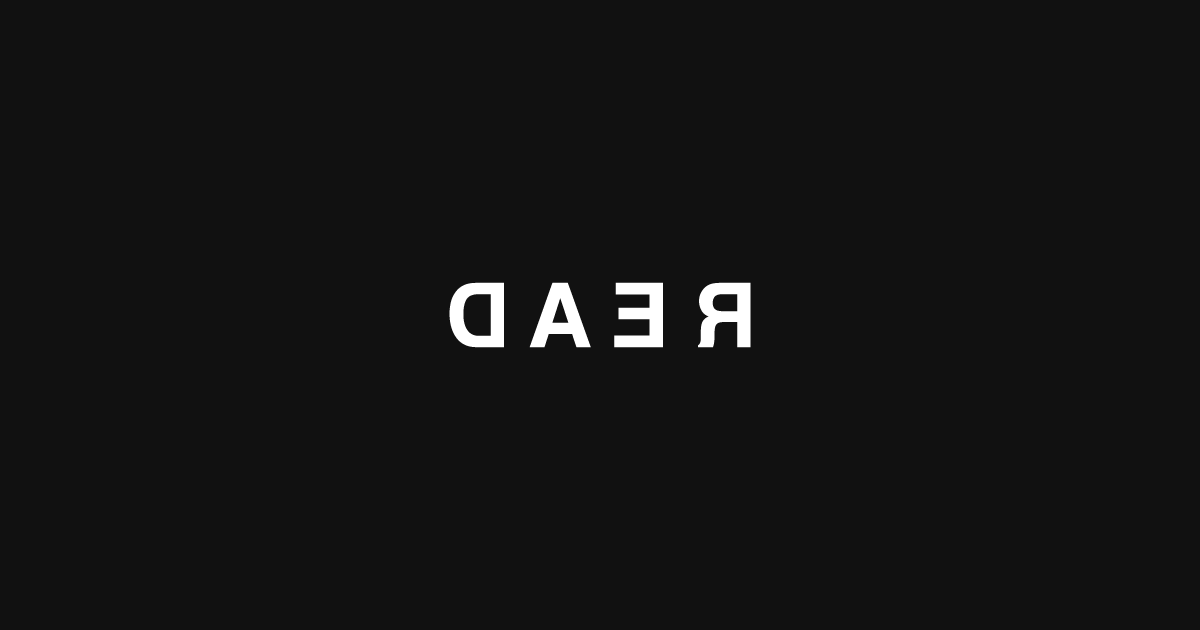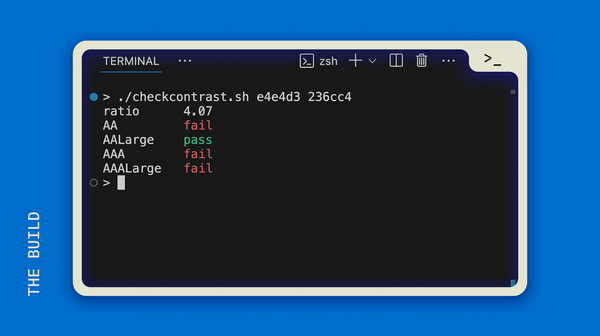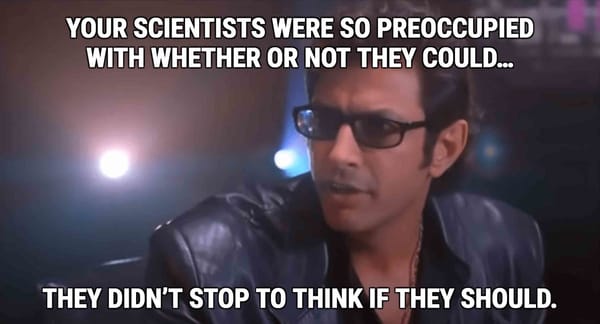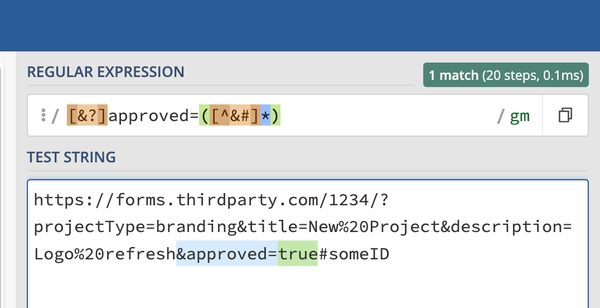Read Backwards

There is a trick I figured out when I was checking my work to make sure it never had mistakes. I realized that I seemed to find more bugs, more grammar and spelling errors when I started at the very bottom of my page and worked upwards.
I actually discovered a Ted Talk recently that talks about this, called, Working backward to solve problems - Maurice Ashley.
Maurice mentions in the video that we would easily catch writing mistakes if we read things backwards, and it’s very, very true. In fact, I have found it to be the best way for me to check my work whether I’m looking for bugs, or looking to make sure I didn’t miss anything in my assignment.
When I’m given a list of things to do for a task, I start at the bottom to check that I’ve finished it, then I move to the next item above it. This also works well when you're reading an email or a long message from a colleague. People tend to write too much, and the relevant things you need are often at the end of those messages anyway—so you're both pulling out the action items faster and being more attentive, that's two birds with one stone!
This method is a really effective way of helping your brain get out of its own way. Reading backwards means that you are not reading for content or understanding, so you're way less likely to get stuck or miss blatant mistakes.
It’s amazing how a change in perspective can have drastic effects on the work we do, the thoughts we have, and the way we approach problems. Take a look at your current process—is there something to discover by starting at the end of your day?
Could you benefit by flipping the order of your actions or operations?





